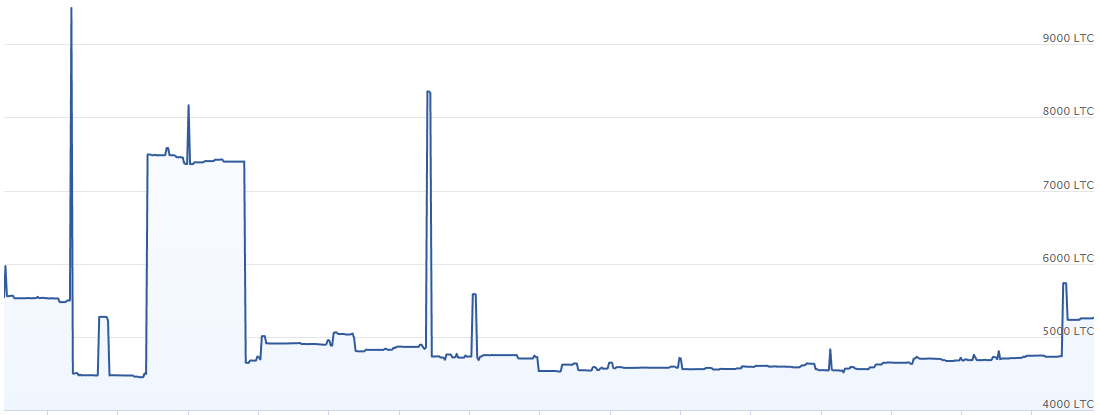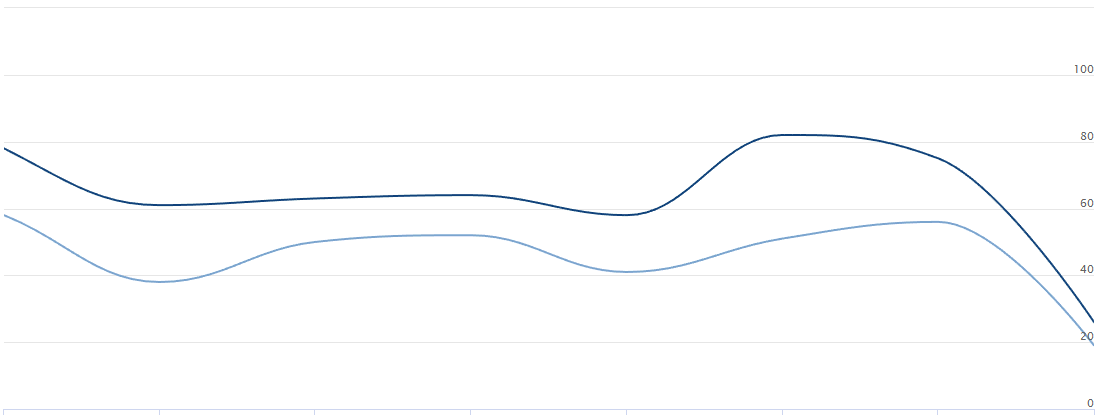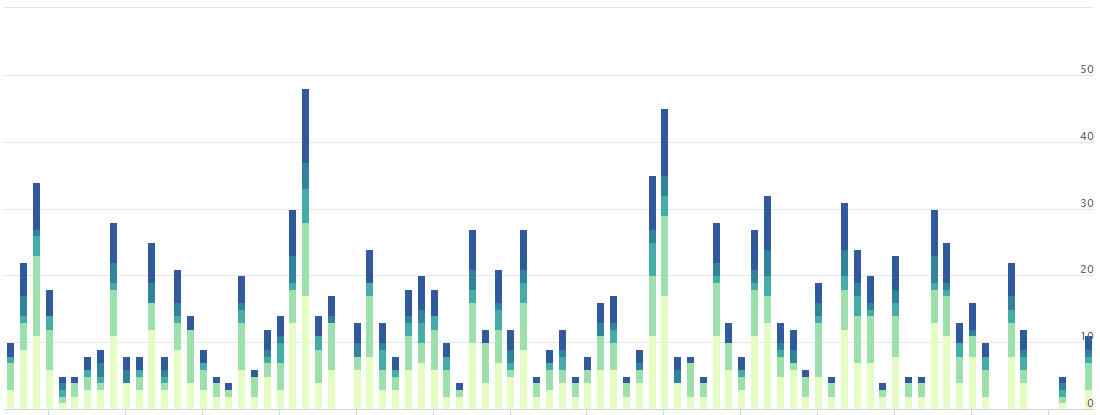What is Litecoin & Litecoin MWEB?
What is Litecoin?
Litecoin is a Proof-of-Work blockchain using the scrypt algorithm for mining cryptocurreny and was fairly launched in 2011 by Charlie Lee. Litecoin has very low cost transaction fees and is often called the "digital silver" to Bitcoin’s "digital gold."
What is Litecoin MWEB?
Litecoin MWEB extends Litecoin's native blockchain with the MimbleWimble protocol, introduced via Litecoin Improvement Proposal 0003 in 2019 by Charlie Lee, Andrew Yang, and developer David Burkett. MimbleWimble Extension Blocks (MWEB) enhance Litecoin by offering optional privacy for transactions and improving scalability, positioning it as a leader in fungible, cash-like digital payments.
MWEB stands for MimbleWimble Extension Blocks, a groundbreaking privacy and scalability protocol integrated into the Litecoin blockchain. Named after a tongue-tying spell from the Harry Potter series, MimbleWimble was first proposed in 2016 by an anonymous developer, "Tom Elvis Jedusor," to enhance transaction privacy and blockchain efficiency. Litecoin adopted this technology through a soft fork, activating MWEB on May 19, 2022, marking its largest upgrade to date. MWEB operates as an optional extension of the Litecoin network, running parallel to the main blockchain via extension blocks. It allows users to conduct confidential transactions, hiding the amount of Litecoin (LTC) transferred from public view, while maintaining compatibility with the transparent main blockchain. This makes Litecoin a more private, scalable, and fungible form of digital money.
Benefits of Litecoin MWEB
- Privacy: Conceals transaction amounts, protecting senders and receivers from public scrutiny.
- Fungibility: Ensures all LTC is equal, regardless of past use, like physical cash.
- Scalability: MWEB prunes old transaction data, reducing blockchain size and speeding up synchronization.
- Optional Use: Users choose when to use MWEB, balancing privacy and transparency for different needs.
- Accessibility: With growing wallet support and Litecoin’s wide integration (e.g., BitPay), MWEB makes private payments practical and cost-effective.
Why Litecoin MWEB Matters
Litecoin MWEB transforms LTC into one of the most cash-like cryptocurrencies, blending privacy, scalability, and low fees. It’s not a full anonymity solution like Monero, but its optional privacy suits everyday users, businesses, and those valuing discretion. As adoption grows—over 90% of miners and nodes support MWEB as of 2025—MWEBExplorer.com plays a vital role in tracking this upgrade, helping users see Litecoin’s potential as a private, scalable, and fungible digital currency.
Litecoin MWEB as a Privacy Tool for Money
Litecoin MWEB Privacy
Privacy is a cornerstone of sound money, and Litecoin MWEB delivers this through confidential transactions. Unlike standard Litecoin transactions, where addresses and amounts are publicly visible on the blockchain, MWEB hides the transaction amount from everyone except the sender and receiver. This is achieved using cryptographic techniques from the MimbleWimble protocol, such as Confidential Transactions, which ensure no one can see how much LTC is spent, yet the network still verifies that no coins are created or destroyed illicitly. While MWEB doesn’t provide full anonymity like Monero (where all transactions are private by default), its opt-in nature offers a practical balance: users can choose privacy for sensitive transactions (e.g., salaries, personal purchases) while keeping others transparent. This optional confidentiality mimics real-world scenarios - when you pay $5 for a $4 item, bystanders see only the $5 and $1 change, not your wallet’s balance. MWEB brings this privacy to Litecoin, making it a more fungible and cash-like cryptocurrency.
Why Privacy Matters for Money
Fungibility—where one unit of currency is interchangeable with another—is critical for money. Without MWEB, Litecoin transactions reveal amounts and address histories, potentially exposing coin ownership based on past use. MWEB enhances fungibility by obscuring transaction details, ensuring 1 LTC always equals 1 LTC, regardless of its history. This protects users from prying eyes, whether for everyday purchases, business payments, or larger transactions like buying a home, aligning Litecoin with the privacy of traditional cash or bank systems.
Key Features of Litecoin MWEB
Litecoin MWEB Address
An MWEB address is a special type of Litecoin address used for private transactions within the MWEB extension blocks. These addresses start with “ltcmweb1” to distinguish them from standard Litecoin addresses (e.g., those starting with “L” or “M” for legacy and SegWit, respectively). To send LTC privately, a user generates an MWEB address via a compatible wallet, shares it with the sender, and the transaction occurs within the extension block, concealing the amount. Note that while the use of MWEB is visible (e.g., peg-in/peg-out transactions), the details remain hidden, enhancing user privacy.
Litecoin MWEB Balance
The MWEB balance represents the amount of Litecoin pegged into the MWEB extension blocks for private transactions. Users move LTC from the main blockchain to MWEB via a “peg-in” transaction, and the balance becomes usable for confidential transfers. A component called the HogEx (Hogwarts Express) transaction manages this, pooling and balancing funds within MWEB blocks. To check your MWEB balance, use a compatible wallet or a Litecoin MWEB block explorer like MWEBExplorer.com, which tracks peg-ins, peg-outs, and the total LTC balance in MWEB. For example, recent stats show an average MWEB balance of 154,602.10770999 LTC over 24 hours, with 56 peg-ins and 125 peg-outs.
Litecoin MWEB Wallet
A Litecoin MWEB wallet is software that supports MWEB transactions, allowing users to generate MWEB addresses, peg-in/out funds, and send/receive private LTC. The first mainnet release with MWEB was Litecoin Core 0.21.3, launched March 29, 2024, though earlier versions like 0.21.2 included it as a release candidate. Mobile support is growing, with Litewallet, the official Litecoin Foundation mobile wallet, nearing full MWEB integration, expected to roll out at the Litecoin Summit in Nashville in 2025. Third-party wallets are also adopting MWEB, making private transactions more accessible. Always download wallets from trusted sources like litecoin.org or the Litecoin Foundation to ensure security.
Litecoin MWEB Explorer
A Litecoin MWEB explorer, such as MWEBExplorer.com, is a tool to view activity within MimbleWimble extension blocks. Unlike standard Litecoin explorers, which show transparent transaction details, MWEB explorers display aggregated data: peg-ins, peg-outs, MWEB transactions (e.g., 774 in 24 hours), kernels (467), and average balance changes. Because MWEB transactions are confidential, individual details like addresses and amounts are hidden, appearing as “Unknown Script Type” on explorers. This tool helps users track the scale of MWEB usage while preserving privacy, reinforcing Litecoin’s role as a scalable, private payment method.
How to Use Litecoin MWEB
Here’s a simple guide to using Litecoin MWEB for private transactions:
- Download a Compatible Wallet: Install Litecoin Core 0.21.3 or later from Litecoin.org, or use a mobile wallet that has MWEB support like Nexus wallet or Cake wallet. Syncing Litecoin Core may take ~10 hours due to the blockchain size.
- Generate a Standard Address: Create a native SegWit (Bech32) address (starts with “ltc1”) in your wallet and send a small amount of LTC to it from another wallet or exchange.
- Generate an MWEB Address: In your wallet, check “Generate MWEB address” and click “Create new address” to get an “ltcmweb1” address. Copy this stealth address.
- Peg-In to MWEB: Go to the “Send” menu, paste your MWEB address, enter the LTC amount to transfer, and send it to peg-in funds from the main chain to the MWEB extension block.
- Send Private Transactions: Use the MWEB address to send confidential LTC to another MWEB-compatible wallet. The amount is hidden from public view.
- Peg-Out to Main Chain: To return funds to the transparent Litecoin network, use the “Peg Out” option, paste a standard LTC address, and send. The transaction history starts anew, enhancing privacy.
- Check Activity: Use MWEBExplorer.com to monitor peg-ins, peg-outs, and the total Litecoin MWEB balance, though transaction details remain private.
Note: Never send LTC to test addresses or unsupported platforms (e.g., some exchanges like Binance don’t support MWEB deposits). Always verify wallet compatibility and secure your keys.
 Latest Litecoin MWEB Blocks
Latest Litecoin MWEB Blocks





